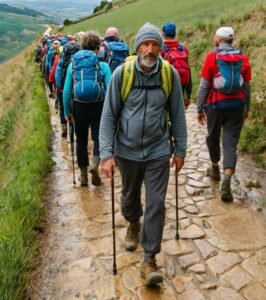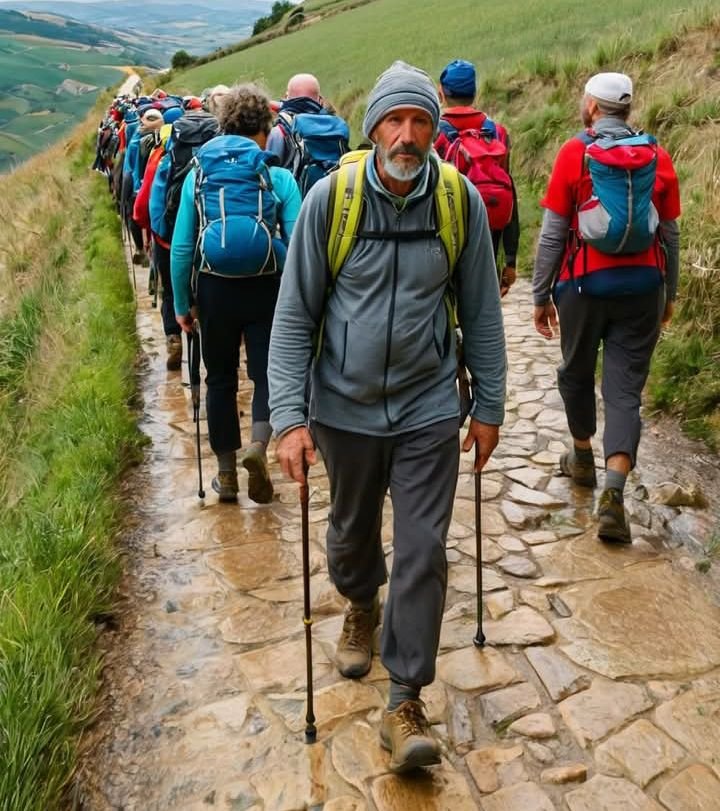Overcrowding on The Camino de Santiago is one of the most disturbing issues

Overcrowding on The Camino de Santiago is one of the most disturbing issues popular pilgrimage routes in the world, attracting hundreds of thousands of pilgrims and tourists annually. However, the increased popularity of this sacred route has led to a significant issue: overcrowding.
This affects the experience of pilgrims, puts pressure on infrastructure, and raises sustainability concerns.
Overcrowding on the Camino de Santiago is driven by multiple factors.
Firstly, the promotion of the pilgrimage through films, books, and social media has attracted a growing number of participants.
Secondly, there is a rise in spiritual tourism, with many people choosing to walk the Camino not only for religious reasons but also for recreation and personal growth.
Another important factor is the desire of many participants to obtain the “Compostela,” the official certificate granted to those who walk at least 100 km on foot or 200 km by bicycle. This results in a high concentration of pilgrims in the final sections of the route, particularly on the Camino Francés, the most popular route.
Overcrowding generates multiple issues. One of the biggest difficulties is the lack of accommodation, especially in public albergues.
This forces pilgrims to plan well in advance or resort to more expensive alternatives. Additionally, roads and trails become congested, affecting the atmosphere of peace and reflection that many pilgrims seek.
Another effect is the degradation of infrastructure and the environment. Pilgrims leave behind waste, and local resources such as water and food come under significant pressure.
Moreover, locals in villages along the Camino may experience discomfort due to the constant influx of visitors.
The peak season for the Camino de Santiago is in May, June, July, and August when the weather is favorable. In particular, July and August are extremely crowded, as many pilgrims take their vacations during this time. Additionally, during the Feast of Saint James (July 25), the number of pilgrims increases significantly.
The Camino Francés is the most crowded route, especially its final section from Sarria to Santiago de Compostela. The Camino Portugués and Camino del Norte also have high-traffic segments but are less congested compared to the Camino Francés.
Spanish authorities have implemented various solutions to manage overcrowding on the Camino. These include increasing the number of public and private albergues and improving existing infrastructure. Additionally, alternative routes such as the Camino Primitivo or Camino Inglés are being promoted to help distribute the pilgrims more evenly.
To avoid the inconveniences caused by overcrowding, pilgrims can take several measures. Firstly, choosing a less popular route, such as the Camino del Norte or Camino Primitivo, can provide a more peaceful experience. Secondly, avoiding peak months (July-August) and planning the pilgrimage in spring or autumn can significantly reduce the stress caused by overcrowding.
Additionally, booking accommodations in advance is an effective solution to avoid the lack of lodging in albergues. Pilgrims should also be aware and responsible, respecting the environment and the rules imposed by local communities.
